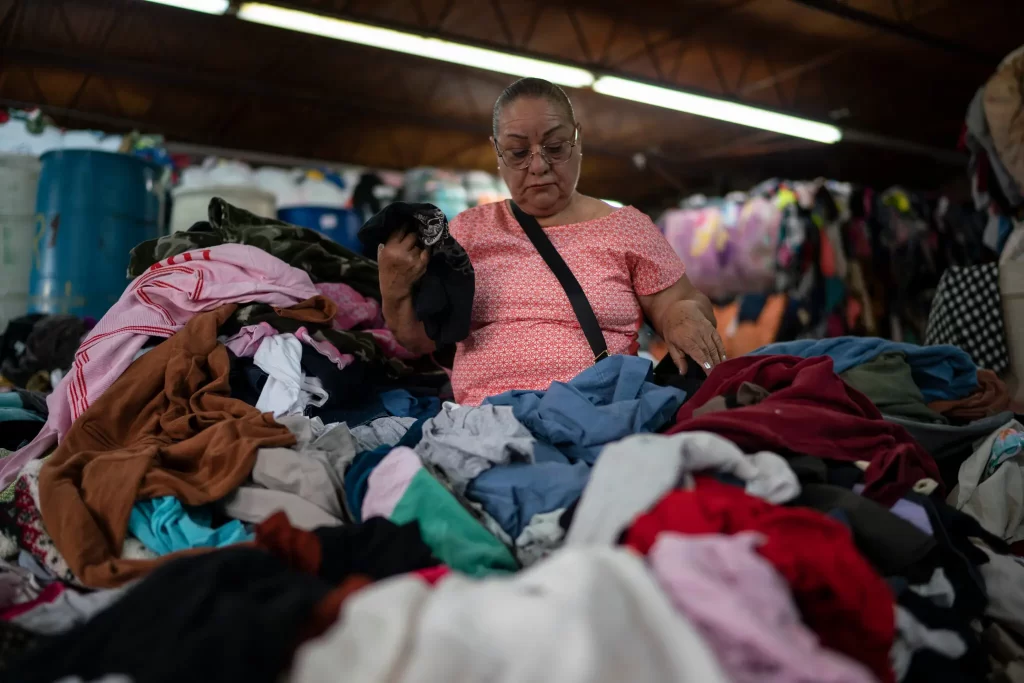(p. C7) The story of David Koresh and the siege of the Branch Davidians’ compound near Waco, Texas, is by turns gripping, harrowing and nauseating. The initial raid of the compound, called Mount Carmel by its residents, resulted in the deaths of six Davidians—two of them finished off by a fellow cultist after they were badly wounded—and four federal agents. After a 51-day standoff, the FBI tried to flush out Koresh and 85 remaining Davidians with tear gas. The compound, built haphazardly of plywood, caught fire. A government report later claimed that the fire had been set deliberately, though the few Davidians who fled in the final assault deny this. Seventy-six people died in the conflagration, some with bullet holes in their skulls. The dead included 25 children and two pregnant women.
The initial raid, conducted by the Bureau of Alcohol, Tobacco and Firearms, occurred on Feb. 28, 1993. Two accounts of the event—Jeff Guinn’s “Waco” and Kevin Cook’s “Waco Rising”—mark the 30th year since the catastrophe. Another book, “Koresh” by Stephan Talty, will appear in April from HarperCollins to memorialize the standoff’s fiery conclusion on April 19, 1993.
All three books are impressively researched and written with storytelling verve. Each account, though relating the same sad tale, is distinctive. Mr. Guinn has interviewed an array of ATF and FBI officials. Mr. Cook tells the story mostly from the Davidians’ viewpoint. And Mr. Talty delves the deepest into the history and twisted personality of David Koresh.
. . .
. . . the ATF and the FBI—and by extension Attorney General Janet Reno and the Clinton administration—managed to make the word “Waco” a symbol of governmental violence and persecution.
. . .
(p. C8) The details of what happened when the agents arrived can’t be fully known, but we know that Koresh came out, unarmed, to meet the ATF contingent and asked to speak. Rather than arresting him as ordinary police officers might have done, the agents stormed the place with shouts of “Search warrant! Lay down!” The first shots appear to have come from the raiders: They shot the dogs, Alaskan Malamutes, penned outside the compound.
The Davidians had vague expectations of apocalyptic violence from Babylon—their term, drawn from the Book of Revelation, for the outside world. Evidently some drew the not unreasonable conclusion that the time had come. Hearing shots fired, they shot back. So began an hours-long chaotic gunfight that left 10 dead and scores wounded.
. . .
Agents outside the compound shouted curses at the Davidians and mooned them—a fine enticement to come out. ATF deputy director Daniel Hartnett led Reno to believe, wrongly, that the Davidians were heavily invested in illegal narcotics. FBI officials convinced her, based on the slenderest evidence, that Koresh and others were “beating babies” inside the compound. That the U.S. attorney general bought this unlikely story, and indeed relied on it in approving the FBI’s half-baked tear-gas-raid proposal, is among the rankest instances of ineptitude in the whole shameful episode.
When at last the FBI penetrated into the compound with tanks—all the while announcing over a loudspeaker, “This is not an assault”—agents fired “ferret rounds,” plastic tear-gas canisters, into the compound. The vast majority of Davidians would not leave, even when the fires ignited. The FBI called for assistance from the fire department, but bureau agents had long since cut off the flow of water to Mount Carmel; restoring it would probably take hours. When fire engines arrived at a checkpoint half a mile from the compound, the FBI official in charge directed the checkpoint agents to “keep them there.”
Did the ferret rounds start the fire? The government classified these devices as “nonflammable” and alleged, with inconclusive evidence, that the Davidians started the fire. Both Mr. Cook and Mr. Guinn note significant evidence that ferret rounds are often combustible. In 1999, the Dallas Morning News revealed that “pyrotechnic” ferret rounds, specifically designed to combust, had been used hours before the fires began—a fact that several government lawyers and an FBI agent omitted to disclose in 1993. A government report released in 1999 concluded that those rounds didn’t cause the fire, but the details were far too murky to change anyone’s mind.
. . .
The opinion makers of America’s media and political class frequently bemoan the existence of antigovernment radicals and right-wing conspiracy theorists as if such people are motivated exclusively by irrationality and delusion. But although Mr. Jones and a thousand other paranoid fulminators may be tragically wrong about many things, their anxieties often stem from the aggressions of brutes and incompetents brandishing governmental authority.
For the full review of three books see:
Barton Swaim. “Agents of Armageddon.” The Wall Street Journal (Saturday, Jan. 28, 2023): C7-C8.
(Note: ellipses added.)
(Note: the online version of the review has the date January 27, 2023, and has the title “Three Books on the Siege at Waco.”)
The three books under review are:
Cook, Kevin. Waco Rising: David Koresh, the FBI, and the Birth of America’s Modern Militias. New York: Henry Holt and Co., 2023.
Guinn, Jeff. Waco: David Koresh, the Branch Davidians, and a Legacy of Rage. New York: Simon & Schuster, 2023.
Talty, Stephan. Koresh: The True Story of David Koresh and the Tragedy at Waco. New York: Mariner Books, 2023.


